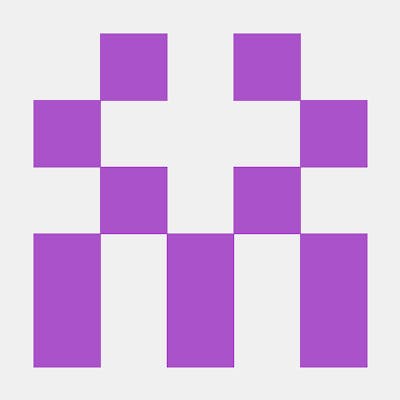After figuring out the project in Part 1 by clicking then using Terraform, here it goes a step further by adding multiple environments while reducing manual work.
GitOps philosophy
GitOps is a methodology rooted around git as single source of truth. Pushing to version control is then the only manual step to make the actual state and desired state converge.
Git as source of desired state
When everything is defined as code and code lives in version control, git can be the single source of truth. It then follows logically that all actions are performed as a response to pushing changes to git.
GitOps is the opposite of ClickOps
Clicking around is a good way to learn and figure things out but is not efficient in the long run. For example, if pushing to too many repositories at the same time, it's highly probable that someone forgets a step. GitOps removes this probability when operating important systems.
"You don't do GitOps"
Terraform performed correctly is GitOps. Correctly means it is declarative code (desired state) and is pushed to git, which triggers a process that converges the actual state with the desired state.
GitOps applied to the Cloud Resume Challenge
Workflow
Infrastructure changes pushed to GitHub
Cloud Build GitHub app triggers the build jobs
Pull request and merge to the
devbranch → new infrastructure for thedevenvironment can be testedPull request and merge to the
prodbranch → new infrastructure for theprodenvironment
Terraform
To match GitOps methodology, the repository structure is modified to have one folder per environment.
terraform
├── environments
│ ├── dev
│ │ ├── .terraform
│ │ ├── .terraform.lock.hcl
│ │ ├── backend-config.tf
│ │ ├── main.tf
│ │ ├── terraform.tfvars
│ │ └── variables.tf
│ └── prod
│ ├── .terraform
│ ├── .terraform.lock.hcl
│ ├── backend-config.tf
│ ├── main.tf
│ ├── terraform.tfvars
│ └── variables.tf
├── modules
│ ├── gcs
│ │ ├── main.tf
│ │ └── outputs.tf
│ └── lb
│ ├── main.tf
│ └── outputs.tf
├── cloudbuild-assets.yaml
└── cloudbuild-infra.yaml
One Terraform state per environment: having different states for different environments provides logical separation.
Terraform state stored remotely: to allow multiple people to work on the project, Terraform state is stored in a Cloud Storage bucket defined in
backend-config.tf.DRY principle applied to resources: since we have multiple environments using the same resources, we define them outside of the environments folders, in a
modulesfolder. Resources can then be reused easily for new environments.
Cloud Build
Configuration file
The configuration file contains the logic to converge actual and desired state. It checks the branch name and the presence of an environment folder of the same name. If there is a match, terraform apply is executed to converge states.

Triggers
Triggers are linked to a repository, here front-end and back-end. I have a third trigger for the website files so that they are uploaded to Google Cloud Storage without triggering terraform.

Conclusion
As someone wanting to work in Data Engineering, learning about Cloud Engineering and DevOps gives me a better understanding of each stakeholder's role. This challenge has been the best learning experience before entering the professional world. I appreciate any feedback ! Thanks for reading 📚
Repositories:
Resources:
DevOps Paradox - Episode 74: Using GitOps in Your DevOps Workflow
Managing infrastructure as code with Terraform, Cloud Build, and GitOps
